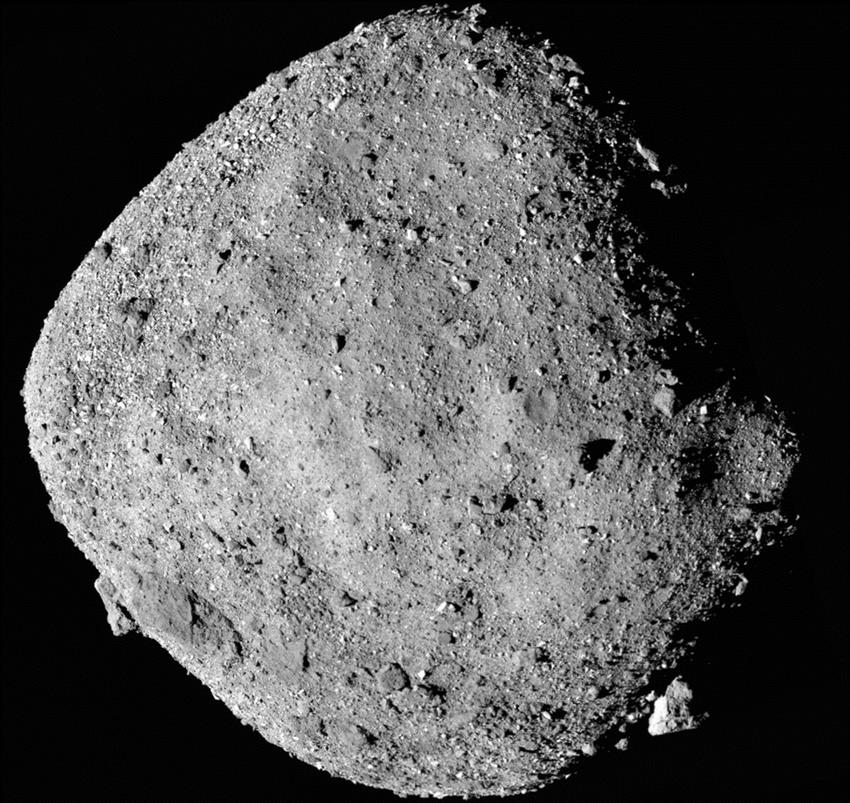Canadian OLA instrument scans asteroid Bennu

This image of Bennu is a composite of 12 images taken by the OSIRIS-REx spacecraft's PolyCam imager from a distance of 24 kilometres. (Credit: NASA/Goddard/University of Arizona)
On , after a two-year journey of over two billion kilometres, the OSIRIS-REx spacecraft finally reached its destination: asteroid Bennu.
One day later, Canadian instrument OSIRIS-REx Laser Altimeter (OLA) began firing its laser during the mission's Preliminary Survey phase, gathering the first ever scanning lidar data from an asteroid.
OLA's first pass was followed by a successful health checkup. The instrument's engineering team performed a complete assessment that found that OLA is operating as expected.
In total, the instrument will spend about one year using concentrated beams of light to measure the shape of Bennu's entire surface, creating a 3D map that will help scientists choose a safe and scientifically rich sample site.
Over the remainder of the Preliminary Survey phase, the spacecraft will perform flyovers of Bennu's north pole, equatorial region, and south pole at a distance of seven kilometres. Further mission phases will see the spacecraft fly ever closer to the asteroid's surface until it retrieves a sample in .
The sample, which could contain up to two kilograms of asteroid material, will be brought to Earth in . Canada will receive a portion of the sample, and Canadian scientists will analyze it to help unravel some of the mysteries of the early solar system.
